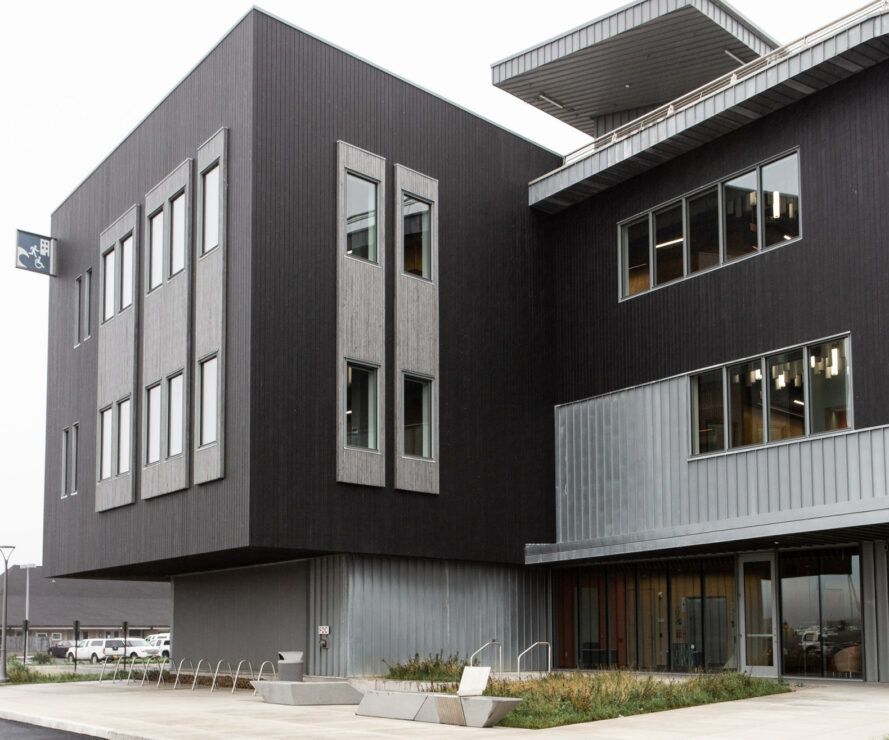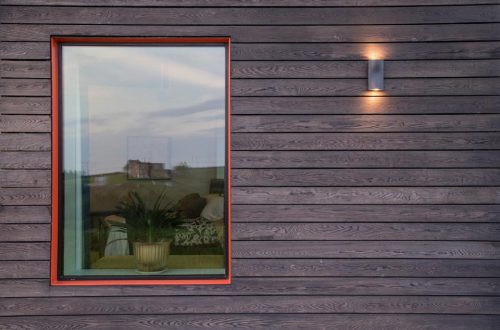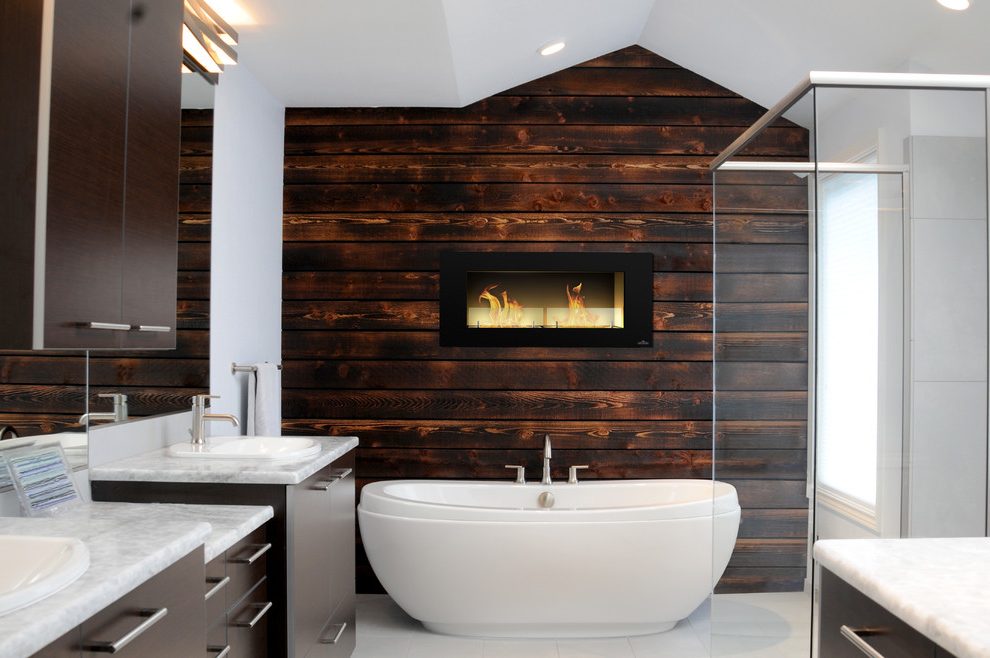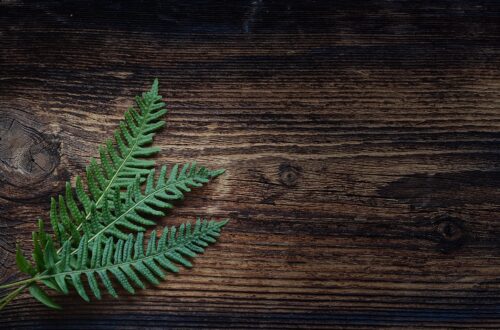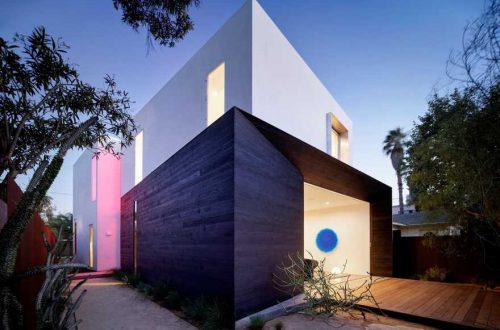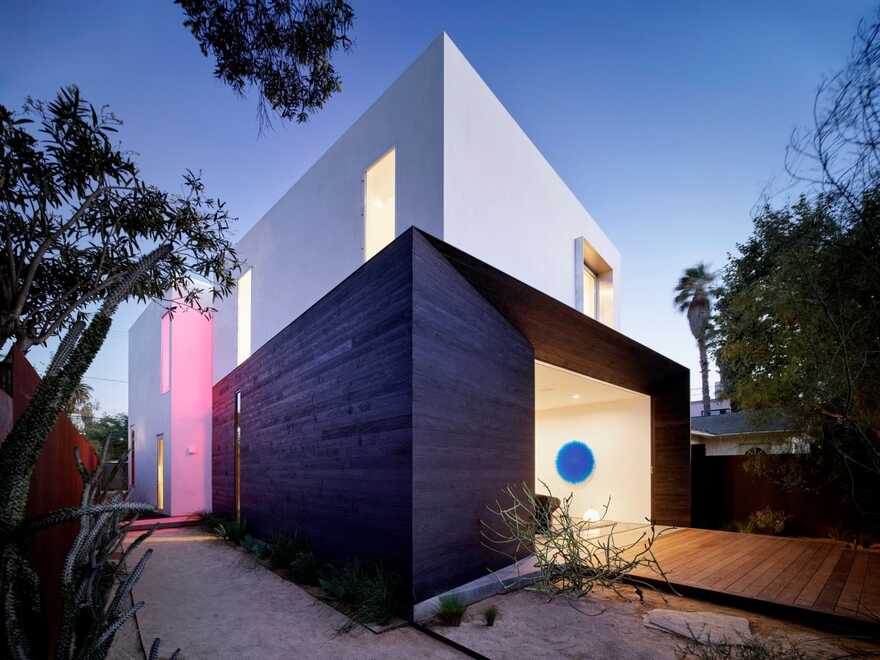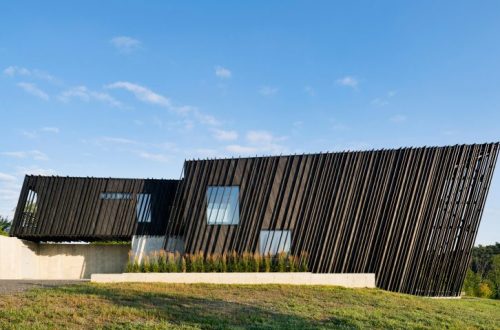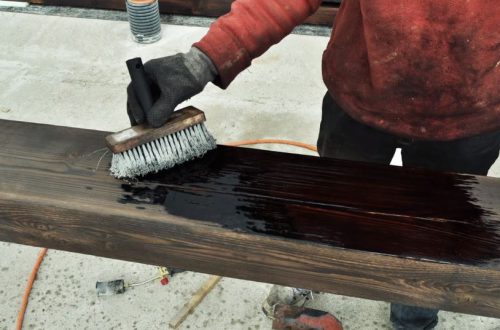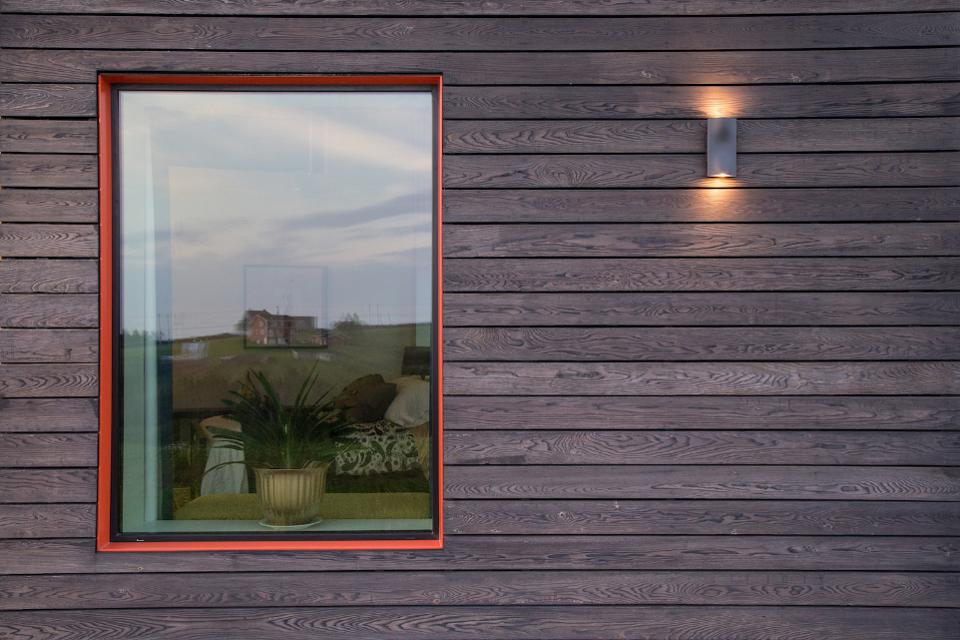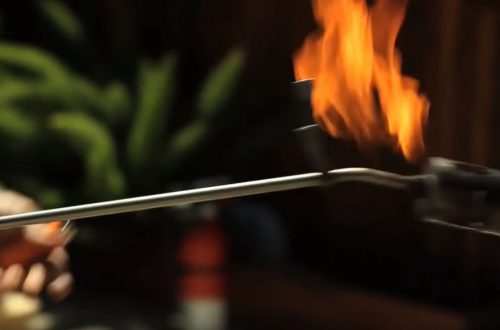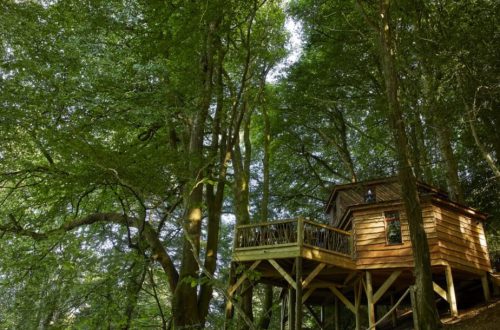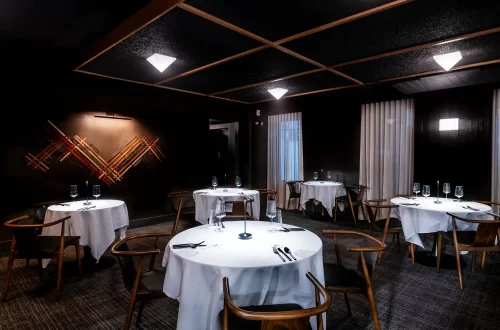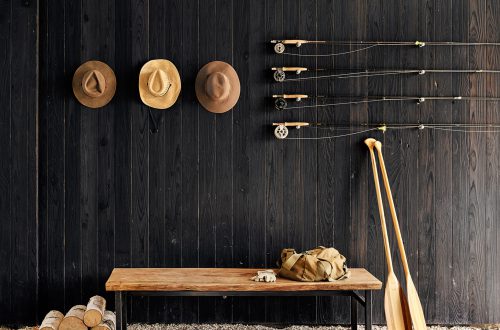Design
-
Recycling Tragedy into Durability
People around the world remember the devastating Japanese tsunami of 2011. The Gladys Valley Marine Studies Building was built in remembrance of that event through its design and function. In addition to its designation as a place of study, the structure serves as a shelter against earthquakes, tsunamis and other natural disasters. It can support up to 920 people at once. Located in Newport, Oregon, where some of the debris from the tsunami washed up, the Gladys Valley Marine Studies Building is one of the first vertical evacuation tsunami sites in the U.S. Its unique look and resilient design is achieved through advanced architectural and engineering techniques. The building is covered in 30,000…
-
Shou Sugi Ban Industrial Chic Bathroom
Susie Davis calls the style of her powder room “Charles Dickens Meets Jack the Ripper.” It exudes an Industrial Revolution era vibe with a factory chic aesthetic. Lamenting that “vanities are stupid expensive,” she convinced her husband to help her build one. She found the plans online and they went to work. Davis, who claims that she used to be far more extroverted but now desires nothing more than to retreat to her garage — her girl cave — and watch DIY videos, found exactly the treatment she wanted in one such screening: Shou Sugi Ban. This Japanese technique of charring wood essentially encases the wood in a layer of carbon…
-
Shou Sugi Ban binds Art and Architecture in Spectral Bridge House
A unique collaboration between EYRC Architects and an internationally known artist, this house could be called “a vessel for living and art.” The artist Johannes Girardoni created site-specific projects that explore connections between art, design, technology, and architecture. For this site, a narrow lot in an eclectic urban neighborhood about a mile from Venice beach, he wanted to build a home that would also be an immersive art experience. Ehrlich, Yanai and Girardoni collaborated to integrate art and architecture by creating three two-story living blocks. Sensitively scaled to surrounding houses, these monolithic shapes are disrupted by irregular angles and rotated axes. The upper level is rendered in smooth white stucco…
-
Shou Sugi Ban: A Popular New/Old Technique For Treating Wood
Shou Sugi Ban (which translates as “the burning of Japanese cypress”) is a traditional Japanese technique of charring wood to make it repel water, prevent sun damage and make it rot and insect resistant. A number of woods can be treated this way, including spruce, accoya (a thermally modified wood), Western red cedar, Douglas fir, and so on but cryptomeria japonica or Japanese cedar, was the traditionally used wood, indigenous to Japan and China. Shou Sugi Ban (which translates as “the burning of Japanese cypress”) is a traditional Japanese technique of charring wood to make it repel water, prevent sun damage and make it rot and insect resistant. A number of woods can be…
-
Shou Sugi Ban Fowl Play
When Ilse Ackermann describes herself as a “chicken consultant to the stars,” her tone is tongue-in-cheek. But she has the nondisclosure agreements to prove it. Her job, which involves 24-hour “fowl consultations” for anxious clients with broody birds, stems from her years living on Skyfarm, the Los Angeles area urban farm she shares with her husband, photographer Meeno Peluce, their two daughters and 25 animals. She may design custom coops for Hollywood’s A-list, but her own is more modest, built of inexpensive wood and a galvanized roof from Home Depot that she estimates cost around $1000. By contrast, the coop’s black charred exterior makes a statement in an orchard filled…
